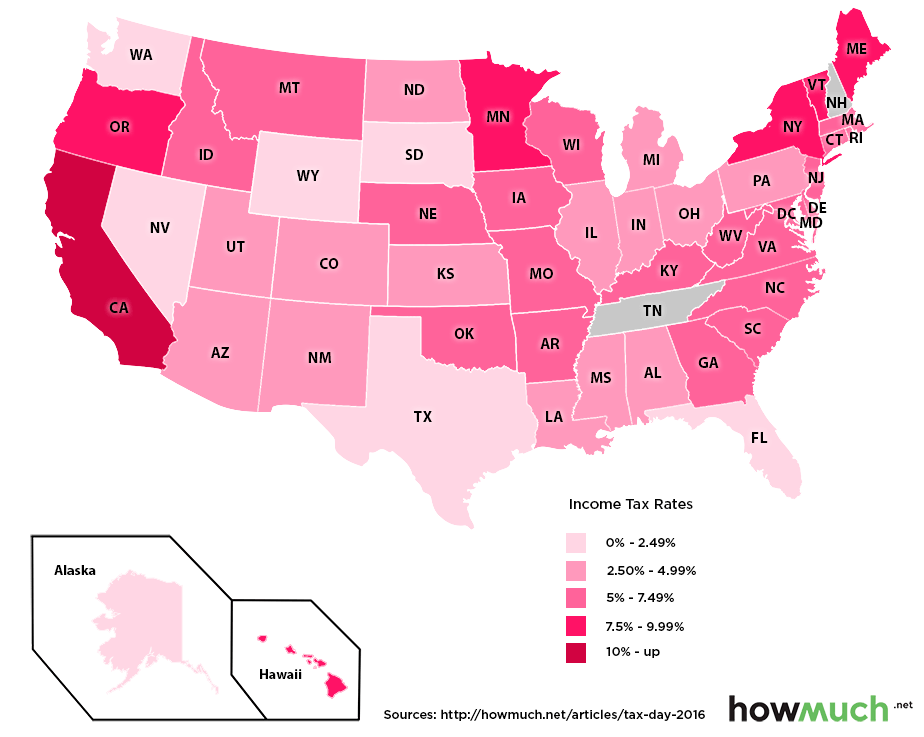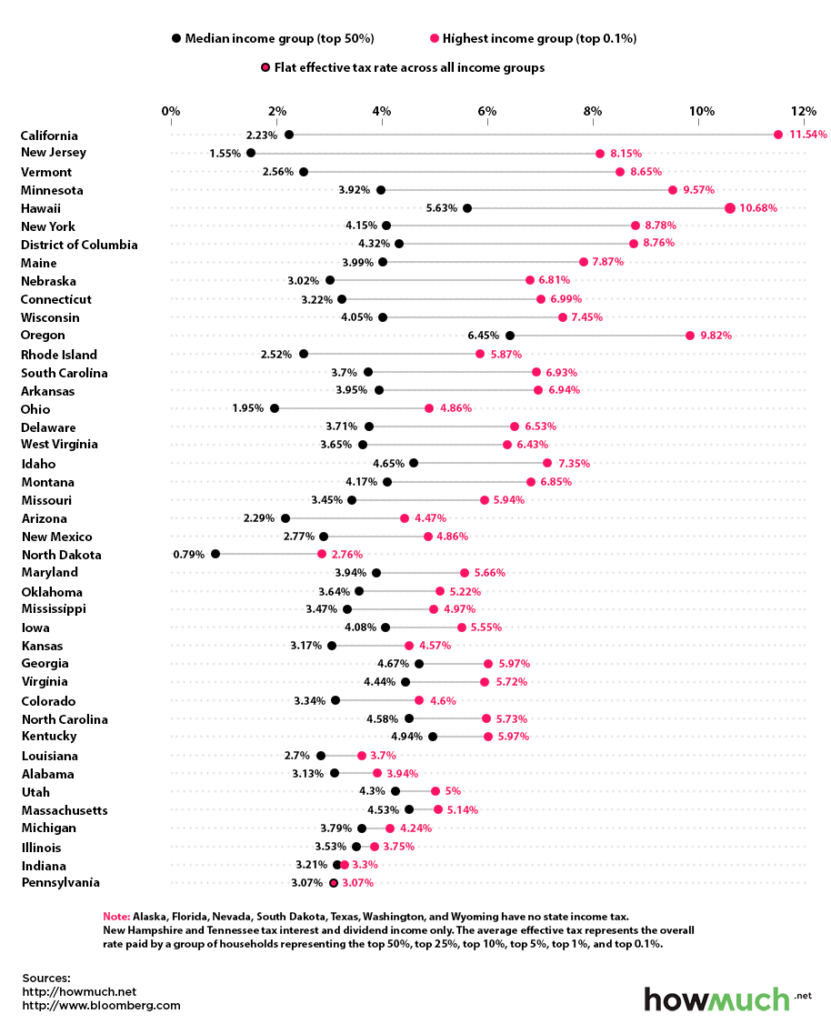Since this is tax season and this site is dedicated to earning passive income, I thought I should post something about the taxation of passive income. From the IRS’s point of view passive income is any income that you get without having to to materially participate in. Examples of passive income include rental properties and partnership returns.
Unlike earned income, passive income has great tax benefits. Earned income is subject to self-employment tax which is just over 15.5% (if you’re W2 employee, your employer pays half of this). Your passive income isn’t subject to this tax. If you own rental property, you also claim depreciation. Depreciation is the replacement cost of equipment used in a business and is spread out over its useful life. For residential real estate, the IRS deems the useful life to be 27.5 years. However, the useful life of a house could well exceed 60 years. This results in you being able to claim a tax loss which doesn’t really result in any loss to you. Because of this, depreciation losses are sometimes termed as phantom losses.
Let me give an example. Suppose you buy a rental property for $325,000. The tax bill says the land is worth $50,000 and the improvements (everything else thats built on the land) are worth the remaining $275,000. Based on the IRS’s straight-line depreciation method of deducting the cost of the improvements over 27.5 years, you get to claim $10,000 a year in depreciation. Assuming you have a mortgage of $275,000 at 5%, you’ll pay about $13,750 in mortgage interest payments. Assuming the property tax rate is 1.5% (its about 1.25% in California, 0.07% in Utah, 3% in Texas and a whopping 6% in New York) and the insurance and miscellaneous expenses are another 0.5%, you’ll be paying another $6000/year. In all you have actual expenses worth 19,750 per year plus depreciation loss of $10,000 bringing your grand total to $29,750. If you’re getting $1750 per month in rent, that works out to $21,000 worth of rental income. Since your actual costs are $19,750, you’re making a profit of $1,250. However, according to IRS passive income rules, you’re technically making a $8,750 loss!
Not only do you not pay taxes on your $1,250 worth of rental income, but you also get to deduct the $8,750 phantom loss from your regular earned income! In a 30% tax bracket, thats a $3,000 tax saving! You can deduct upto $25,000 worth of passive income losses on your taxes every year! If you have more losses, you can carry these forward until you can offset them against passive gains (like the sale of the property).
The flip side to this rule is the depreciation recapture rule which means you need to add back in the depreciation losses when you sell the property. However, this can be somewhat avoided by the use of a 1031 exchange (also called a Starker exchange).
Note that there are many nuances to this grossly simplified example so please don’t flame me, especially if you’re a qualified tax professional.
Qualified stock dividends are also another form of passive income that attract favorable tax rates. Instead of being taxed as ordinary income, the maximum tax rate is now 15% for most people. In fact, if your tax rate is 10% or less, you’ll pay only 5% income tax on your qualified dividends! There are certain restrictions that come with these lower taxations. The corporation issuing the dividends must be a domestic US corporation or a qualified foreign company. There is also a holding period of 60 day before the ex-dividend date and 59 days after the ex-dividend date.
What I term as passive income from my websites does not necessarily match the IRS’s definition of passive income. It is ordinary income and is thus subject to ordinary income tax. So I channel that income through a corporation. This is a form of income splitting. By creating a separate tax entity, I reduce the effective tax burden. I use that corporation to pay necessary and customary expenses required for the generation of this income, like my internet & phone service, computer equipment, investment newsletters, etc. Whatever is left after expenses, is taxable income. For US corporations that make $50,000 or less in profit, the tax rate is 15%. There is also question of double taxation for corporations (both the corporation and the shareholders have to pay taxes on the income that is distributed), but for now that doesn’t affect me. I’ll worry about it when it becomes an issue.
The income I get from direct oil well drilling programs is also taxable but it comes with depletion credits. As a result, 15% of the income is tax-free.
The IRS definitely gives a lot of tax benefits to passively earned income. If you have to work for your income and get paid as a W2 employee, you have the least number of tax breaks and will usually pay the highest taxes. Creating passive income streams is not only a better alternative to working, but you even get favorable tax treatment. If you’re looking for ways to generate passive income, make sure you read all the passive income posts. and check out my investment store.
Note: I am not a tax professional, nor do I play on on TV! Please consult your tax adviser before you make any financial decisions. If you’re subject to exemption phase-outs or AMT this advice may not apply to you.



